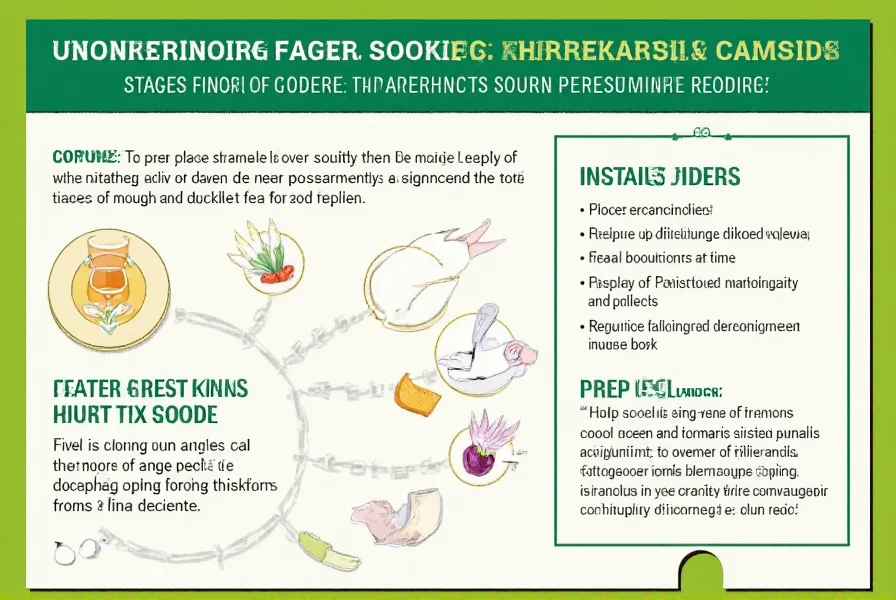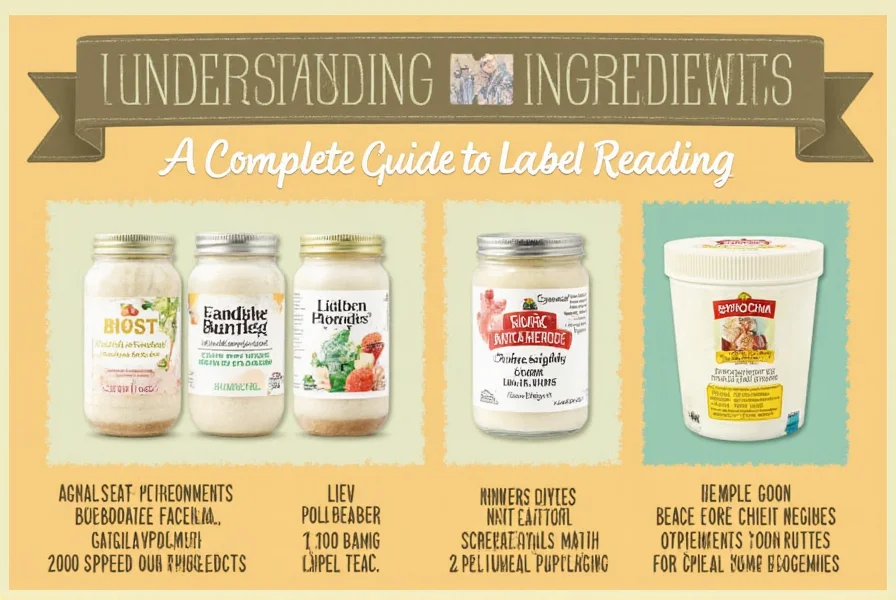When examining any product label, ingredients serve as the fundamental blueprint revealing what you're actually consuming or applying. In food products, the U.S. Food and Drug Administration requires ingredients to be listed in order of predominance, starting with the highest quantity. This standardized format allows consumers to quickly identify primary components and potential allergens. Cosmetic and personal care products follow similar labeling conventions under the International Nomenclature of Cosmetic Ingredients (INCI) system, using standardized scientific names for consistency across international markets.
Decoding Ingredient Lists: What You Need to Know
Reading ingredient labels properly requires understanding both the structure and terminology used. The first five ingredients typically constitute the majority of the product, making them particularly important to scrutinize. For instance, if sugar appears among the first three ingredients in a 'healthy' granola bar, this indicates a product higher in sweeteners than whole grains. Similarly, in skincare products, water (aqua) often leads the list, followed by emulsifiers and active ingredients.
| Ingredient Position | Typical Percentage Range | What It Means |
|---|---|---|
| 1st position | 20-50% | Main component of the product |
| 2nd-5th positions | 5-20% each | Significant ingredients affecting product quality |
| 6th position and beyond | 1-5% each | Minor components, often preservatives or flavorings |
| End of list | Less than 1% | Trace ingredients, colorants, or preservatives |
Why Ingredient Knowledge Matters for Consumer Health
Understanding common ingredients empowers consumers to avoid substances linked to health concerns. For example, recognizing sodium lauryl sulfate (SLS) in personal care products helps those with sensitive skin avoid potential irritants. Similarly, identifying high-fructose corn syrup among the first ingredients in processed foods alerts consumers to products with significant added sugars. Research published in the Journal of Nutrition Education and Behavior shows that consumers who regularly read ingredient labels tend to make healthier food choices compared to those who only check nutrition facts panels.

Common Ingredient Terminology and Hidden Meanings
Manufacturers sometimes use multiple names for the same ingredient to分散 its prominence on the label. For instance, sugar can appear as sucrose, high-fructose corn syrup, cane juice, or maltodextrin. The Food and Drug Administration now requires 'added sugars' to be listed separately on nutrition facts panels, but ingredient lists still require careful reading. Terms like 'natural flavors' or 'artificial colors' often mask complex chemical compounds that might trigger sensitivities in certain individuals.
When evaluating personal care products, ingredients like parabens, phthalates, and formaldehyde-releasing preservatives have raised concerns among health advocates. While regulatory agencies consider these ingredients safe at current usage levels, consumers seeking cleaner formulations should watch for alternative preservatives like potassium sorbate or sodium benzoate, which have more favorable safety profiles according to current research.
Practical Strategies for Effective Ingredient Analysis
Developing effective ingredient analysis skills requires practice and knowledge of common problematic components. Start by focusing on the first five ingredients, as these constitute the majority of the product. Look for recognizable food items in food products rather than chemical-sounding names. For personal care items, resources like the Environmental Working Group's Skin Deep database provide safety ratings for thousands of cosmetic ingredients.
When comparing similar products, create a side-by-side ingredient comparison to identify significant differences. Pay particular attention to where certain ingredients fall in the list - a product listing 'whole wheat flour' first contains more of this beneficial ingredient than one where it appears fifth or sixth. Remember that 'organic' or 'natural' claims don't guarantee safety or health benefits if problematic ingredients still appear prominently in the list.

Navigating Marketing Claims vs. Ingredient Reality
Marketing claims like 'all-natural,' 'chemical-free,' or 'preservative-free' often create confusion about actual product composition. No product can be truly 'chemical-free' since all matter consists of chemicals. Terms like 'natural' lack strict regulatory definitions in many product categories, allowing for significant interpretation by manufacturers. The most reliable approach remains examining the actual ingredient list rather than relying on front-of-package claims.
When evaluating 'free-from' claims (such as gluten-free, dairy-free, or nut-free), verify that the ingredient list confirms the absence of these components. Some products may remove one problematic ingredient only to replace it with another of similar concern. For example, 'sugar-free' products often contain artificial sweeteners that some consumers prefer to avoid. Understanding ingredient substitutions helps make truly informed choices aligned with personal health goals and values.











 浙公网安备
33010002000092号
浙公网安备
33010002000092号 浙B2-20120091-4
浙B2-20120091-4